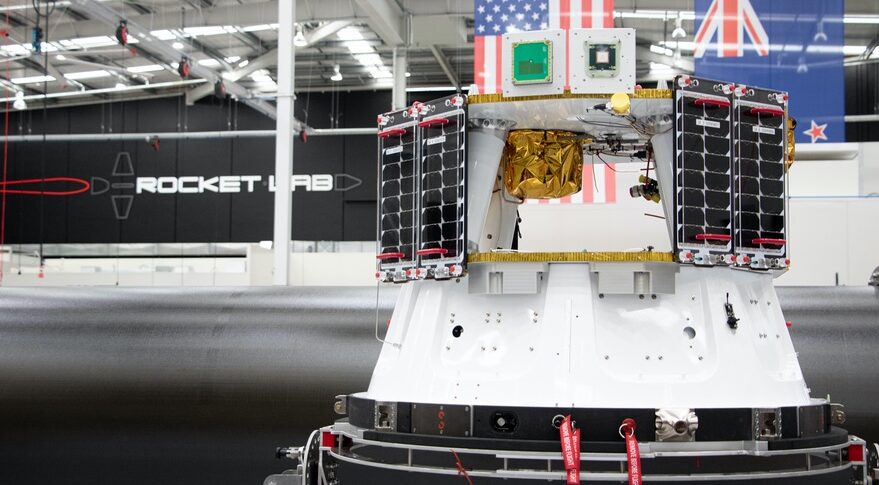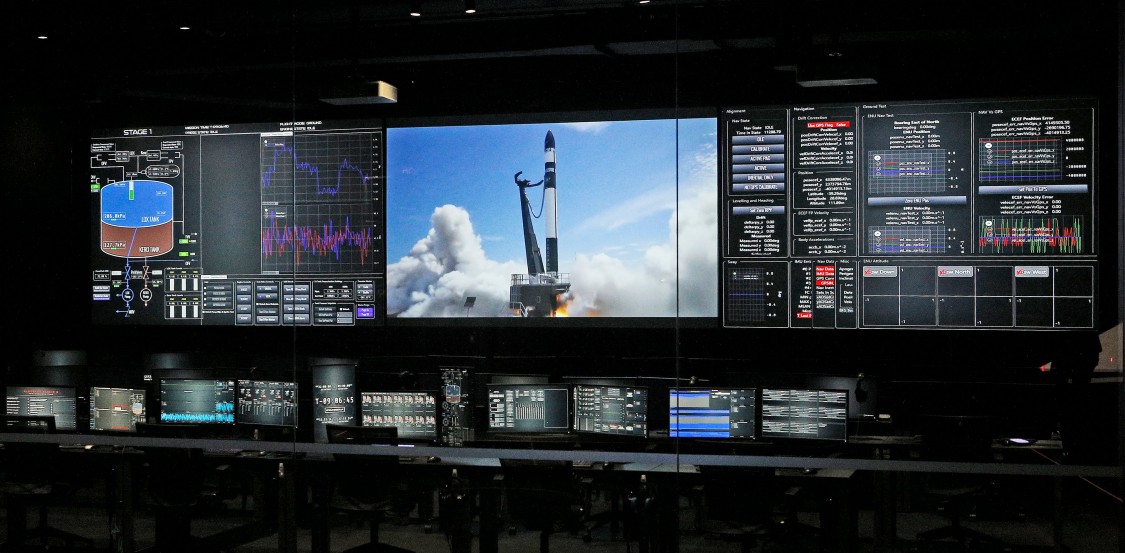
The Space Software Helping Strengthen Rocket Lab’s Capabilities
Rockets are both extremely complicated and fascinating pieces of technology and engineering. This can easily be seen throughout the entire launch vehicle and process of sending something into space. However, there is a lot more to a rocket than just the engines and body. Space software plays a necessary role in many different parts of each flight and cannot be ignored.
Rocket Lab has put a lot of time and effort into getting access to very high-quality space software for their launch vehicles such as Electron. Specifically, Rocket Lab has acquired a company named ASI providing them access to different space software including SOLIS, MAX, and GN&C. All of which work together and focus on certain aspects of software helping many different parts of each mission.
There is a long list of categories within space software. Some important ones include flight software, mission simulation, guidance, navigation, control, and more. Each is paramount to a successful mission. While other aspects of a rocket launch can be very interesting, you can not only learn but also be easily fascinated by the purpose and design behind space software.
Space Software Background

Recently in October 2021, Rocket Lab acquired Advanced Solutions, Inc or ASI. This is a Colorado-based aerospace engineering firm delivering mission-proven space software, mission simulation, and testing solutions. Taking a closer look at ASI, the company recognized a while ago that Flight Software and GN&C, more than any other subsystems, have the unique ability to impact rapid progress at all stages of a spacecraft program. ASI’s industry-leading advances in-flight software, mission simulation, and Guidance, Navigation and Control, or GNC, significantly strengthens Rocket Lab’s space systems portfolio. The same space systems which encompass the Photon spacecraft line and Sinclair Interplanetary satellite hardware.
Over time both Rocket Lab and ASI have built leading space businesses with mission-proven technology. Rocket Lab mentions that together, the two companies are delivering an industry-leading comprehensive space solution spanning launch, spacecraft build, and mission design and operations. ASI points out that when being acquired by Rocket Lab, both companies recognized areas of the space industry ripe for disruption and both succeeded in developing solutions that change the way space is done. Specifically, Rocket Lab through launch and spacecraft and ASI through flight software and mission solutions. Together they make a team with great capabilities for current and future success throughout the space industry.
Space Software Features
SOLIS – The first space software feature that plays an important role in future launches and missions is SOLIS. SOLIS provides a complete spacecraft simulation environment in STK that embeds a desktop version of ASI’s full-featured MAX Flight Software. This software works to be configurable, powerful, versatile, and integrated. With SOLIS you can easily configure for nearly any spacecraft design, providing rapid access to high-fidelity simulation and analysis. It’s powered by MAX and ODySSy, SOLIS users interact with real high-heritage Flight Software, resulting in a true simulate-like you fly experience throughout the entire life cycle.
In addition, it is versatile in a way where whether you are exploring spacecraft design in Concept Development or testing a new Ground System for Operations, SOLIS can help. Lastly, as an integrated tool with STK, SOLIS provides a common place for spacecraft engineers to focus on overall mission success. All of these different benefits help provide the easiest and most efficient experience for simulation and more. With this, you can rapidly evaluate system trade-offs and ensure that spacecraft capabilities and constraints are considered early and satisfied at all times. SOLIS includes some additional features such as full dynamics and space environment modeling, attitude determination and control, and sensor and actuator models. It even features power and payload modeling, and powerful sequencing for CONOPS development.
MAX – The next important aspect of space software Rocket Lab uses revolves around MAX Flight Software. MAX stands for Modular, Autonomous, eXtendible Flight Software. This is a flight-proven off-the-shelf spacecraft flight software that provides the foundation for any complex space mission from day one. Starting with price, MAX is very cost-effective. More than any other spacecraft subsystem, MAX Flight Software has the unique ability to enable rapid program-wide progress while significantly reducing costs. MAX’s digital mission engineering framework allows programs to accelerate their timelines by starting with a feature-rich software foundation.
The software is also very adaptable helping with all different types of applications. It is specifically targeted and adapted to a wide variety of spacecraft designs, payloads, mission requirements, and hardware architectures. The MAX DevTool with auto-code generation enables timelines from program start to launch measured in months. In addition, MAX is flight-proven. With over a century in space and over 35 successful missions, MAX reduces risk and increases responsiveness. This has been proven on a wide variety of missions including government programs, interplanetary spacecraft, and rapidly developed commercial constellations. Its tool suite includes ODySSy, which provides an onboard dynamic simulation system. SEQUENCER, providing highly autonomous operation, and DevTool, with auto-coding for customizing your flight software. MAX can be configured rapidly for your spacecraft using the SOLIS mission engineering environment.
GN&C – The last space software within ASI that I want to mention is GN&C. This software provides industry-leading Guidance, Navigation, and Control expertise spanning the full spacecraft lifecycle including requirements definition and conceptual design. It also includes hardware development and procurement, algorithm design and object-oriented flight software development, simulation and test, and more. The GN&C team has expertise that spans Earth, interplanetary and manned missions. They specialize in finding solutions to complex mission contingencies and helping extend spacecraft lifetimes in the presence of otherwise catastrophic failures. With so many different missions and scenarios, it’s important to have custom mission development. Here mission unique algorithms, simulation, and implementation capabilities include navigation, orbital dynamics, rendezvous, docking, planetary landing, aerobraking, and more.
Over time this software has had a lot of success helping build its track record. ASI has been the GNC subsystem provider or supported many different missions throughout time. Guidance Navigation and Control are also designed through launch. This means the capabilities of the ASI Guidance, Navigation, and Control group include all phases of spacecraft and GN&C subsystem development from conceptual design through in-space operations. It manages to do all of this at an affordable price and in an efficient amount of time. Both of which are necessary for a lot of different applications within the space industry. Just as important, the staff includes a talented mix of engineers who have worked on missions ranging from experimental CubeSat to national asset class missions for NASA, DoD, and commercial enterprises. This mix of talent and experience plays a necessary role in the success of the hardware and its impact on companies such as Rocket Lab.
Conclusion
There are so many different parts to a rocket launch, mission, and much more. Behind the scenes, there is a large list of necessary space software helping with all different parts of a mission. This technology is very important and can help decide the result of a mission and launch. For this reason, Rocket Lab decided to acquire ASI to help expand and improve its capabilities as a launch provider. This provides the company access to different crucial software including SOLIS, MAX, and GN&C. All of which play a specific role and ensure every aspect of a mission goes according to plan. This was a recent acquisition by Rocket Lab working towards bigger goals in the future. We will have to wait and see how this software progresses and the impact it has on Rocket Lab over time.
